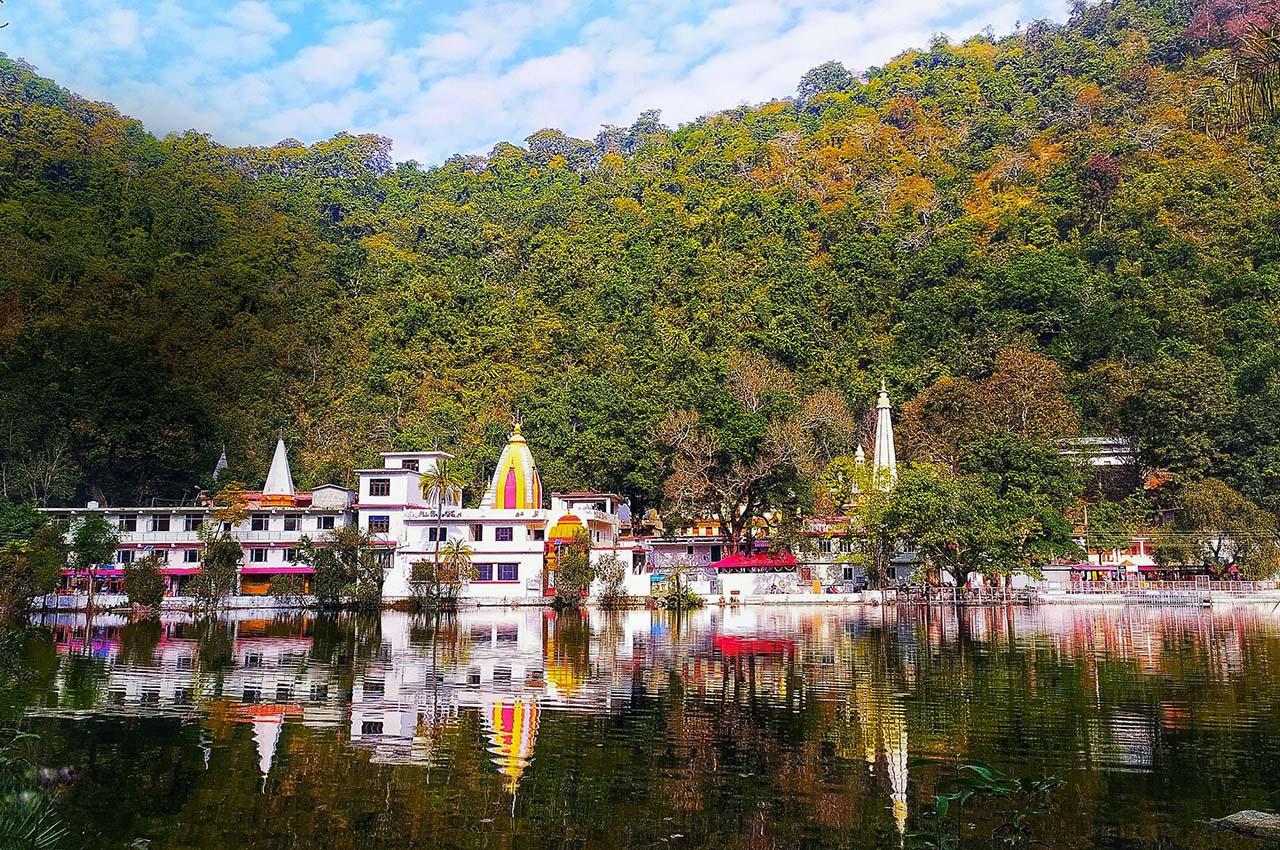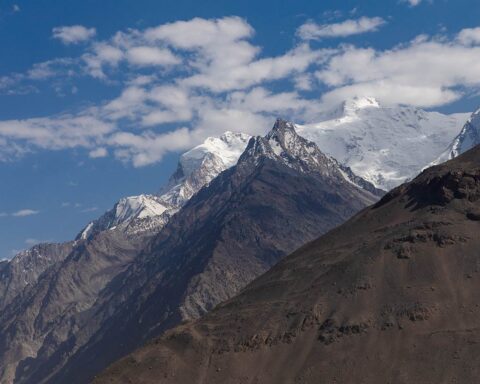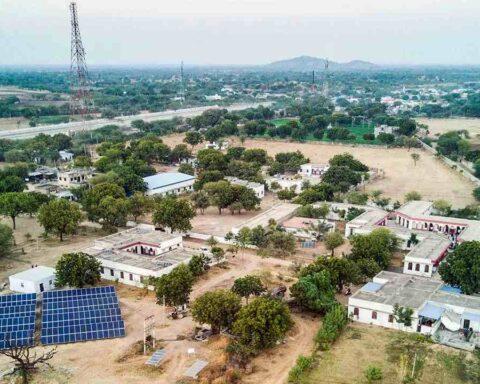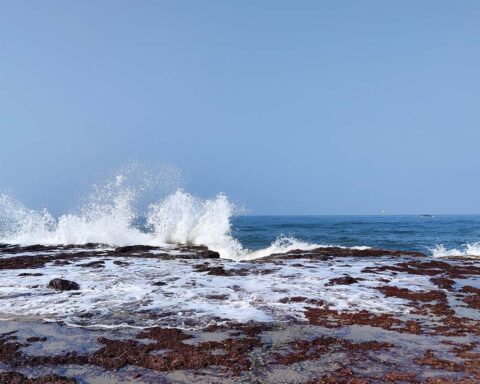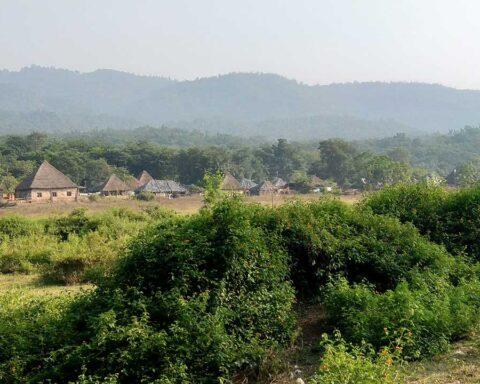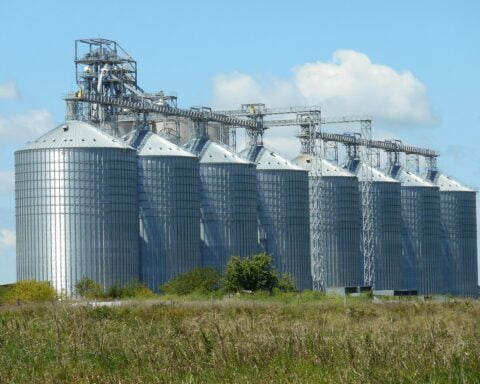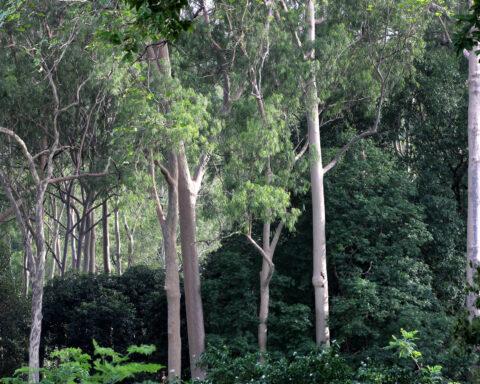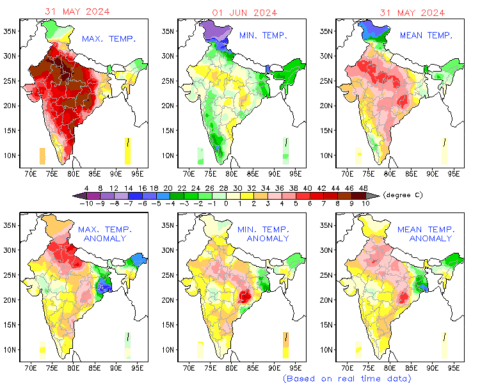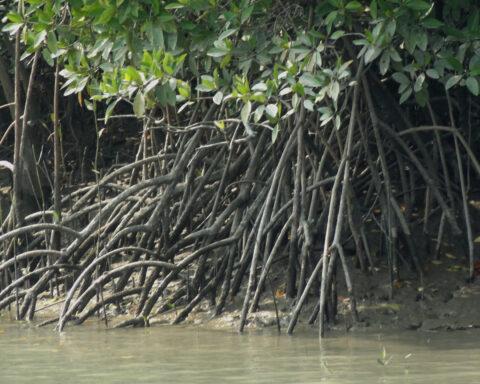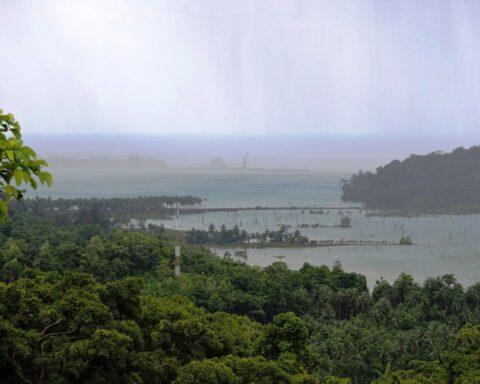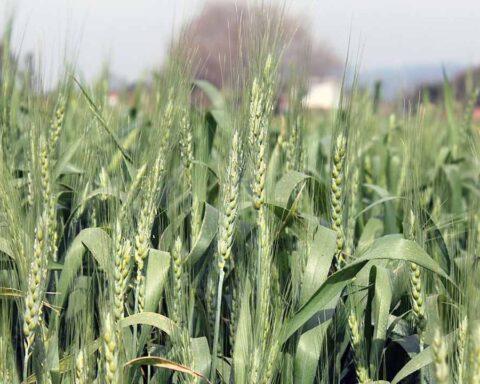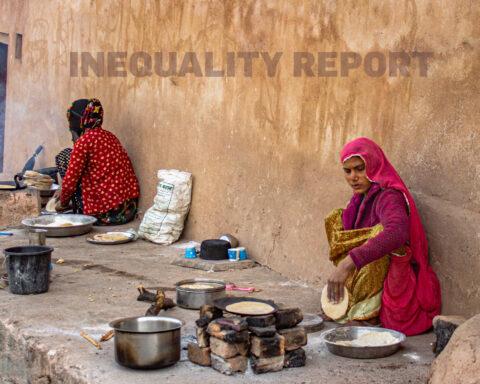At the dawn of the 20th century, it was widely believed that wetlands were merely a transitional stage in the succession from open waters to land. But by the 1940s, there was a growing acceptance that wetlands were a distinct ecosystem. Today, they are counted among the most productive of ecosystems and are considered cradles of biodiversity. They are vital for the survival of migratory birds that often traverse thousands of kilometres for favourable nesting conditions. Wetlands also make vital contributions to the lives of people directly, and the environment, by providing ‘ecosystem services’ like provision for freshwater, groundwater recharge and purification, flood mitigation, erosion control and carbon sequestration.
In 1971, for the first time, the industrial world’s attention was drawn towards the need to protect wetlands, though it was initially for conserving them as bird habitats. On February 2 that year a treaty is known as The Convention on Wetlands of International Importance, especially as Waterfowl Habitat was signed in Ramsar—an ancient Iranian town 228 km north of Tehran, on the shore of the Caspian Sea. The prime movers behind this convention were the International Union for the Conservation of Nature and Natural Resources (IUCN) and the International Waterfowl Research Bureau (IWRB) which were alarmed by the sharp reduction in marshlands and wetlands. The convention became popularly known as the Ramsar Convention and was the first of the modern multilateral environmental agreements for the conservation of nature. The mission that the Convention set for itself was the “wise use of all wetlands....” It came into force in 1975.

